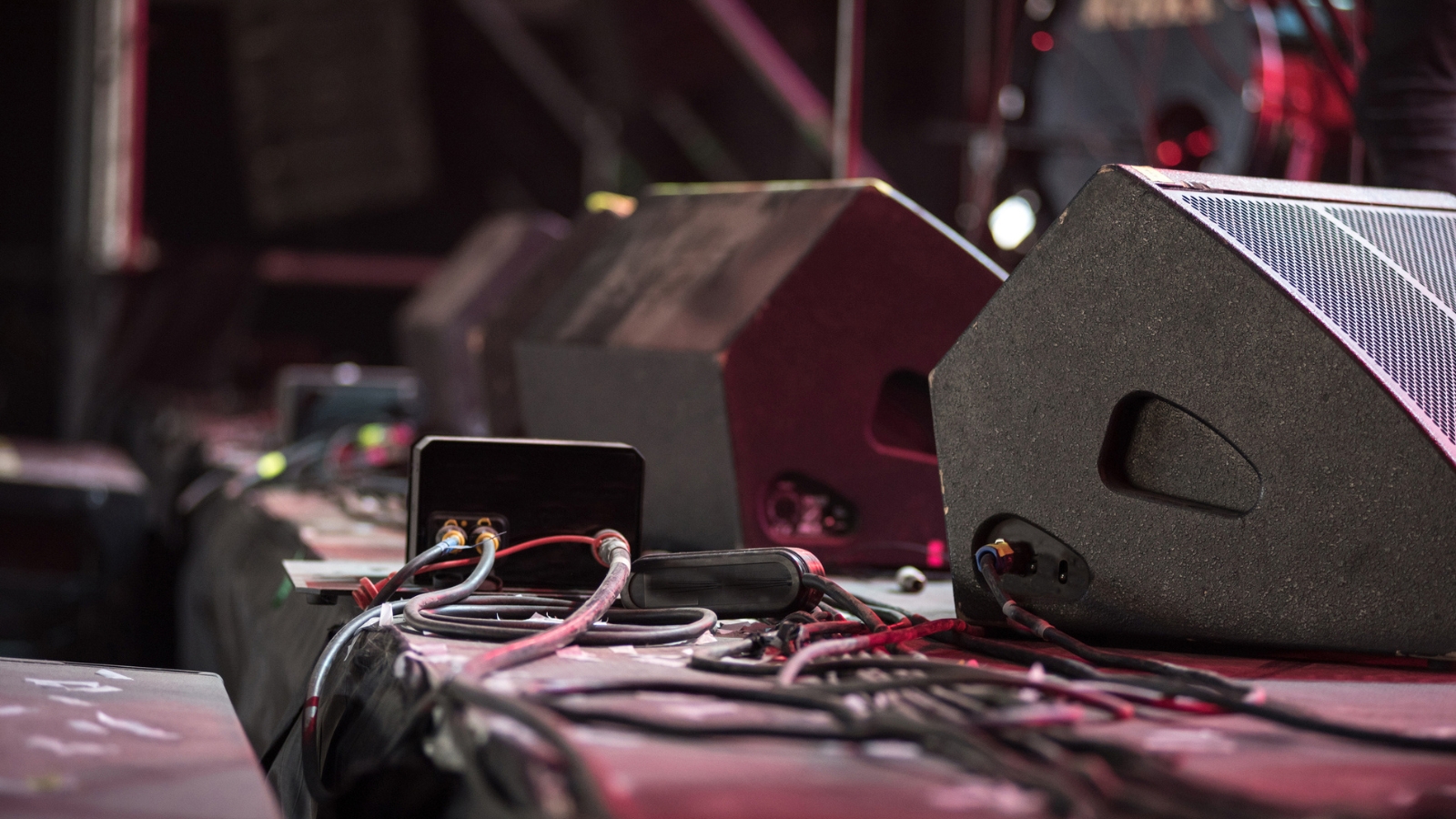5 reasons you should upgrade your PA
Here's why the time may be right to make yourself heard better with a PA system upgrade

When it comes to live performance, using a decent PA system is the obvious way to make yourself heard. If you’ve been performing for a while, you may have even gone as far as acquiring your own dedicated PA. But have you considered whether the time is right to upgrade?
Perhaps the shows and bookings you’re getting now are bigger (or more varied) than they were in the past, or maybe you’ve outgrown the old system. Maybe, you just want things that little bit louder/clearer/more pristine.
Whatever your reasons, if you’re looking to upgrade your PA system, allow us to explain some of the things you should be looking for in your search.
The basics of a good PA system
Whether you’re looking to improve a trusty old PA that’s served you well over many years, or dipping your toes in the water before you commit to buying your first, there are some factors which any decent PA system - young or old, cheap or expensive - will need to deliver. Ultimately, any great PA system will deliver clarity, will be easy to set up, will be durable enough to withstand the travails of being carted everywhere and will allow you to dial in the sound you want your audience to hear. Most important, however, is consistency. PA systems don’t have the ‘cool factor’ of choosing a new guitar amp, or a new synth, so they’re definitely more of a tool in the arsenal rather than something you’ll get overly excited by. All the more reason to value consistency and a rig that gets the basics right, time after time after time.
1. Improved sound
The main purpose of any PA, be that a makeshift budget model or a high-end stadium filler, is to ensure your audience can hear you, and the notes you’re playing, in decent enough fidelity that they can tell what’s going on. It stands to reason, therefore, that the first thing you should be looking for in an upgraded system is higher-quality audio. Don’t be tricked into thinking power/volume and sound quality are the same thing though. You’ll find cheaper systems that promise tooth-wobblingly loud sounds, and exorbitantly expensive systems that sound - on paper - like they’d barely fill a tiny venue.
If higher volume is what you’re going for, then by all means go by the spec sheet alone. A simple 2,000W single-speaker system will provide more than enough heft to fill many spaces. If you’re more interested in sound quality, however, then we’d advise testing a few out in person to find the one that fits the bill.

2. Future-proofing
The chances are that the equipment you had available to you when you first started performing is quite different to what’s at your disposal now. Performers adapt and improve, and equipment manufacturers find new ways to deliver innovation in their products. So it stands to reason that the PA system that was right for you, say, five years ago won’t necessarily be right for you now. And, by that dint, there’s a similar chance a PA system you buy now won’t be suitable in five years’ time. That’s not necessarily a reason to put off upgrading though.
Want all the hottest music and gear news, reviews, deals, features and more, direct to your inbox? Sign up here.
More and more, however, you’ll find PA systems that are built with a degree of modularity, i.e. they can be added to over time. This could be in the form of adding additional speakers or enhancing the mixing capabilities with a new console. It could even mean that you build a combi system, whereby you can rely on taking one or two speakers for certain events, but then have it instantly expand to a wider, fully compatible system suitable for larger venues or outdoor events. This form of modernisation can prove much more cost-effective over time and allows you to upgrade your PA in line with your own progression as an artist.
3. Investing in your potential
We’ve always thought that a band or artist that has invested in their own PA equipment is worth paying attention to. Very few people are wealthy enough to throw down significant sums without the requirement to do so, so when a performer reaches the stage in their playing career where they have to think about funding their own dedicated backline, it is worthy of respect.
We like to think of investing in a PA system, or upgrading one you’ve been using, as a sign of someone who takes their craft seriously. It can offer you a competitive distinction, in terms of the show opportunities you might now be able to take on, and above all it gives you complete control over the sound you’re serving up to your audience.
4. Versatility
The ability of a PA system to be equally at home powering a show in a coffee shop and a sweaty basement is not to be sniffed at. Different venues have different acoustics, and differing requirements in terms of set-up. Put simply, the PA that works in the coffee shop might struggle on the stage of an outdoor festival. Likewise, the genre of music you play will have a big impact on the type of PA that will work for you.
If you’re looking to upgrade an existing PA, consider whether a new model has any degree of advanced signal processing on board. This could include tools like EQ or compression, which will allow you to sculpt a sound according to the environment in which you’re playing. Or it could just mean a Bluetooth connection for if things go south and you need a backup plan.

5. Up to the job
Our final tip for when you’re thinking of upgrading your PA system is to consider the overall toughness of your rig. At the higher end of the price spectrum, PA systems are designed with robustness in mind. They’re geared towards a life of being put up and down, and in and out of cases, and thrown into the back of buses and vans, so they need to be able to cope with all of that and still deliver the goods every night.
Likewise, consider the size of the system you have in mind, versus what you already have. If you’re using an older system, it may be that it is over-sized compared to what’s available on the market now. Technologies have improved to the point where systems that would have required a large van to transport before can now be shrunken down significantly, without losing power or performance. As ever, consider the needs of your performance set-up now, and what this could realistically grow into, and try to right-size a PA system that will work for you now and into the future.
Let us help you choose your next PA
- Best PA speakers for bands and buskers
- Best portable PA systems: Lightweight and mobile PA solutions


Chris Corfield is a journalist with over 12 years of experience writing for some of the music world's biggest brands including Orange Amplification, MusicRadar, Guitar World, Total Guitar and Dawsons Music. Chris loves getting nerdy about everything from guitar and bass gear, to synths, microphones, DJ gear and music production hardware.
